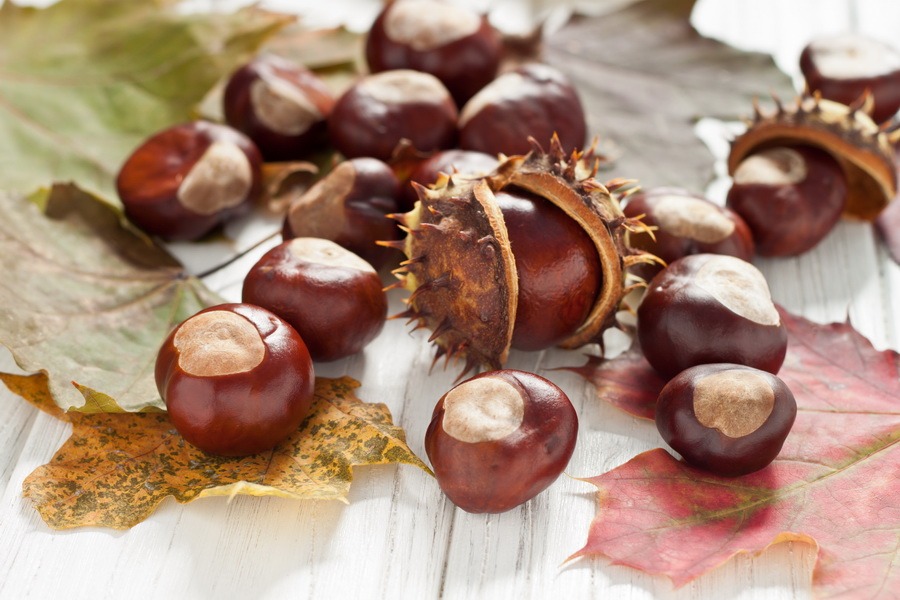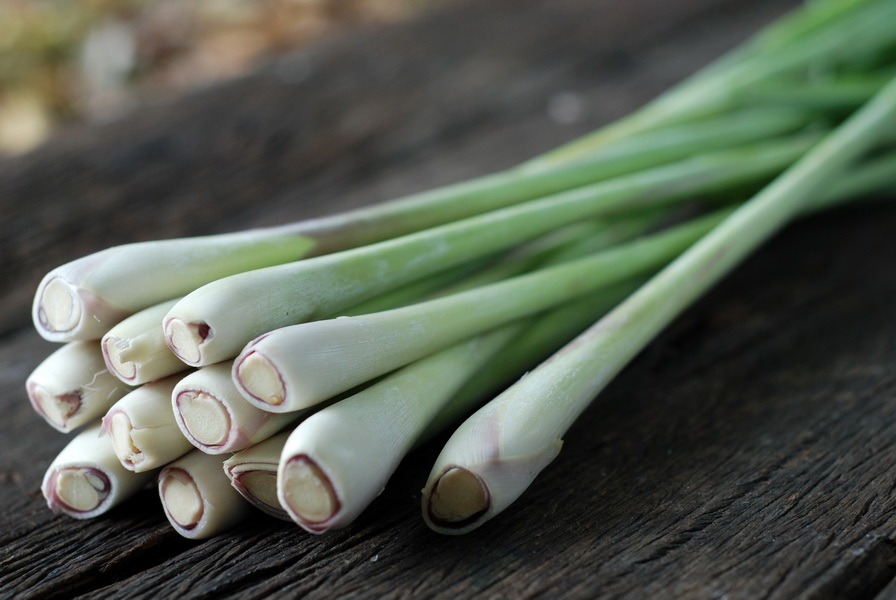Horse-chestnut CO2 extract
The horse-chestnut is not related to the real chestnut. It was only called chestnut because the inedible fruits of a horse chestnut look very similar to the edible fruits of a real chestnut. The common horse chestnut is also called European horsechestnut, buckeye and conker tree. The fruits have very valuable medicinal properties. If we […]
➜ Weiterlesen…








